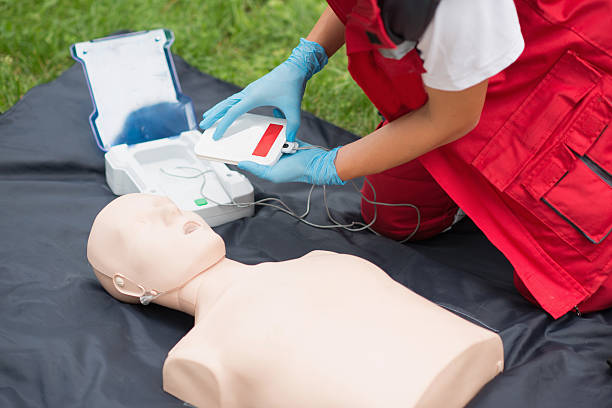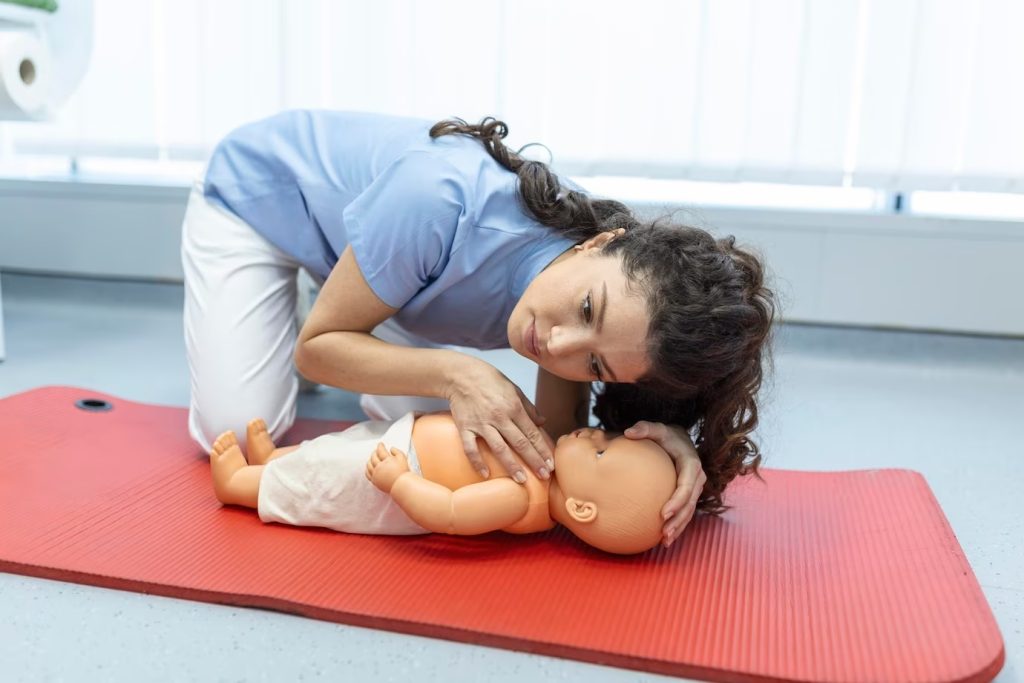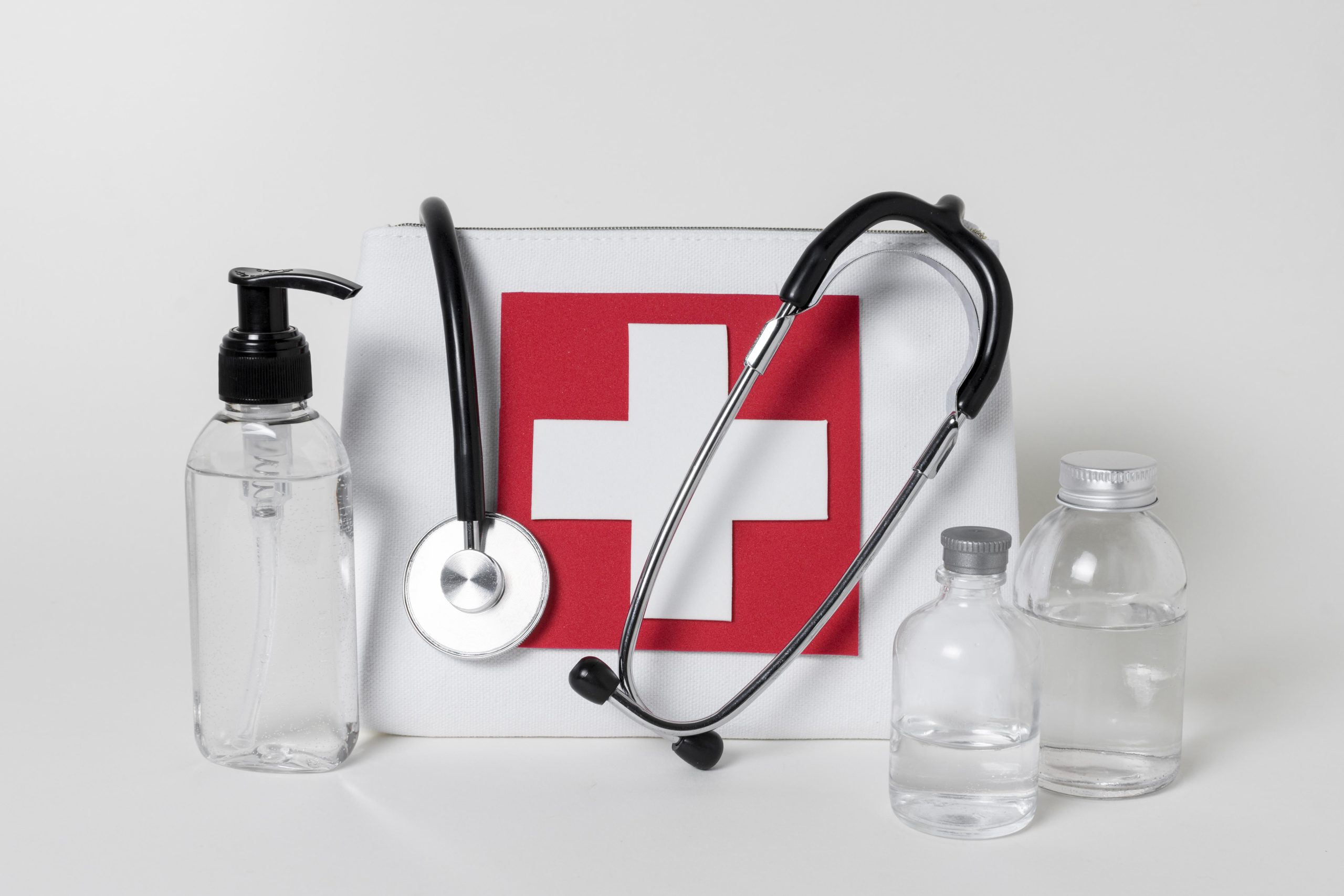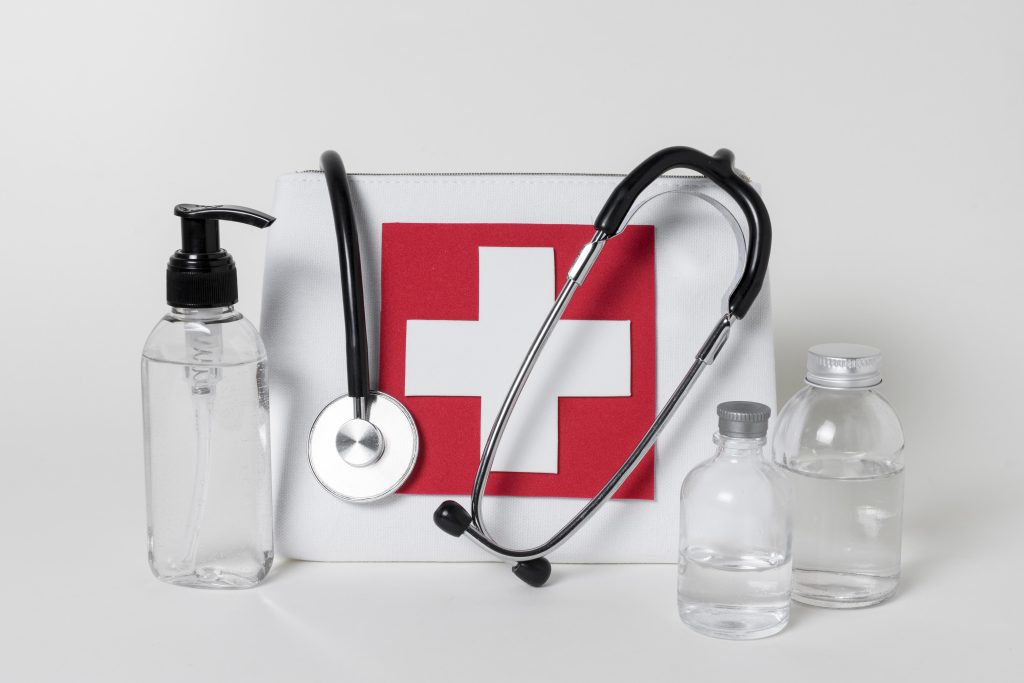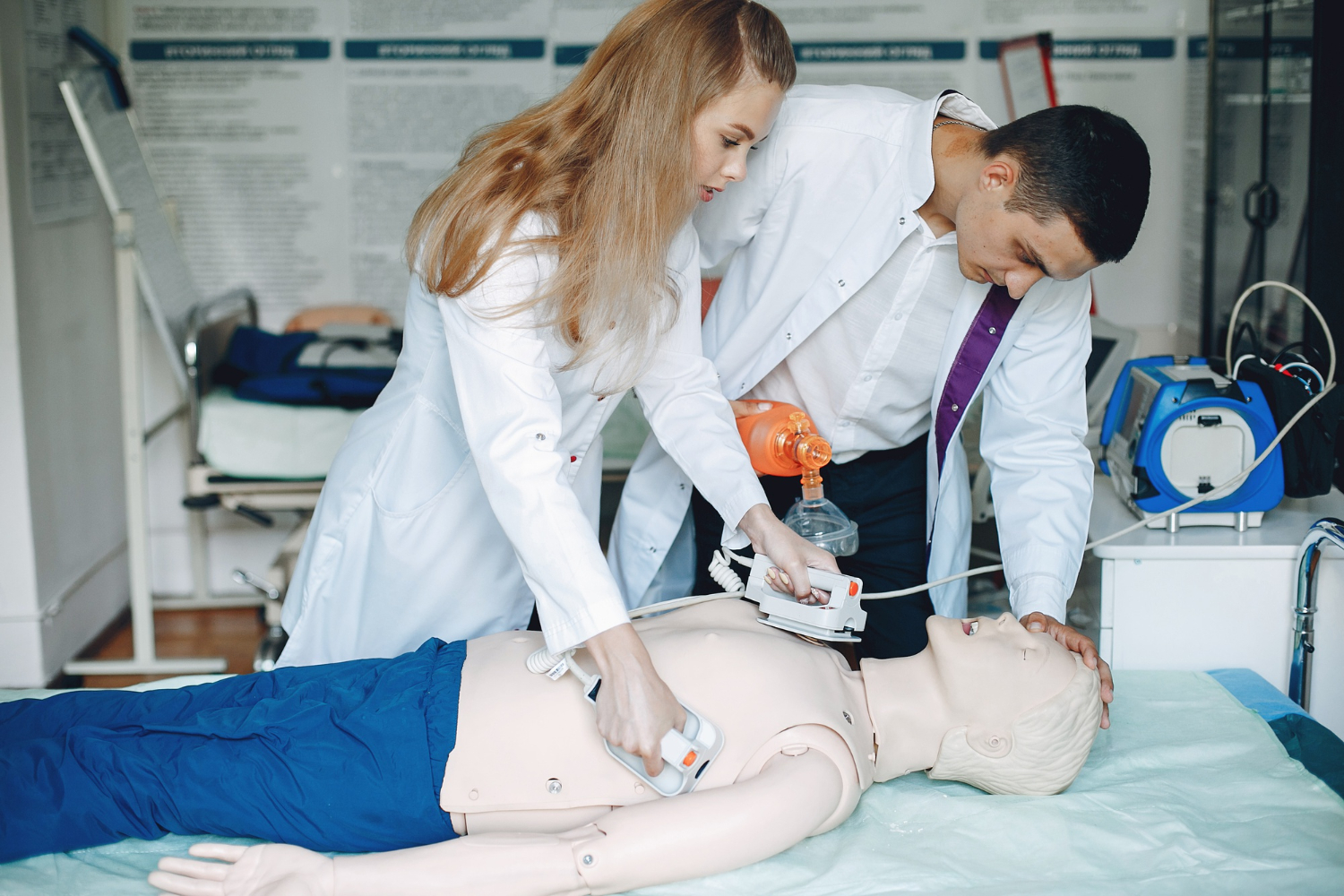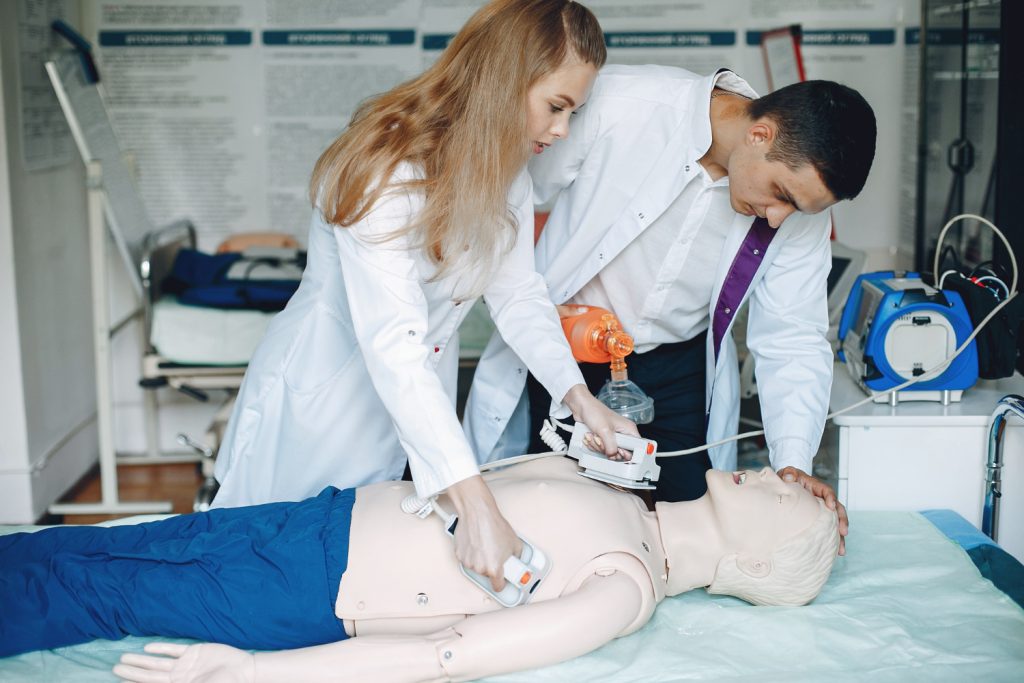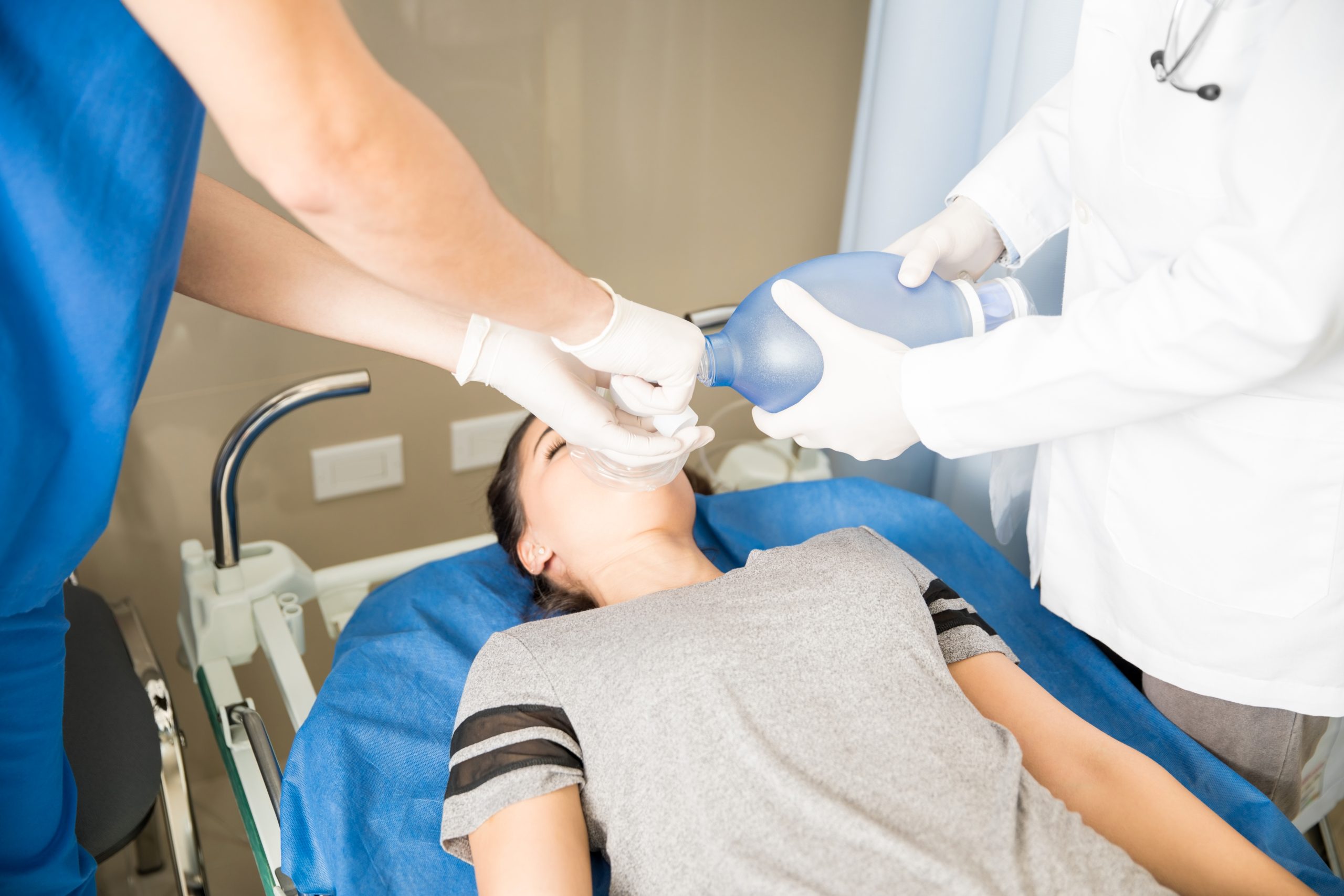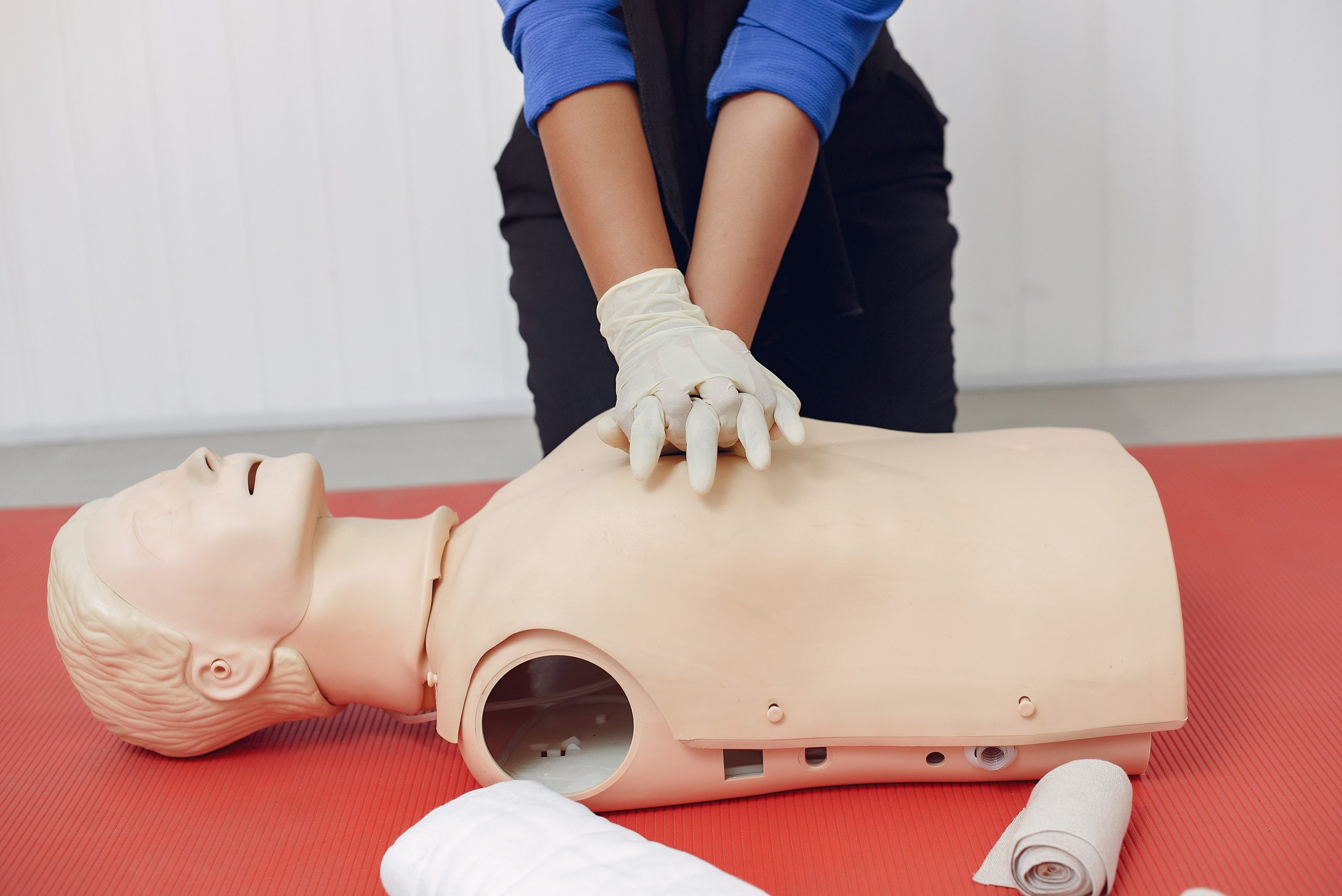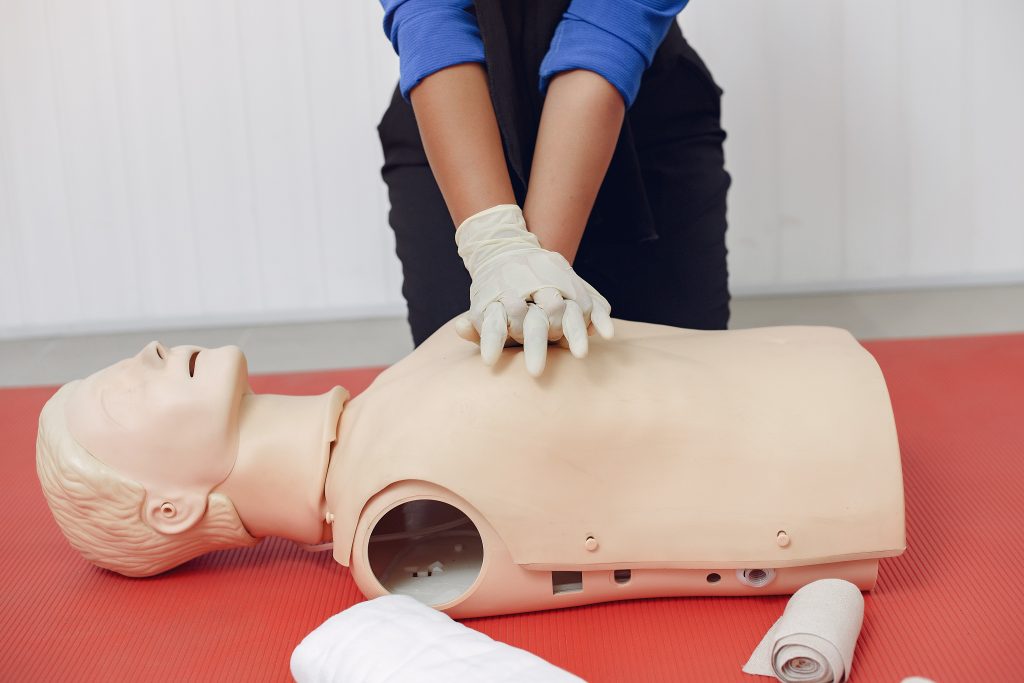Nationwide Implementation of CPR Training in High Schools: A State-by-State Analysis
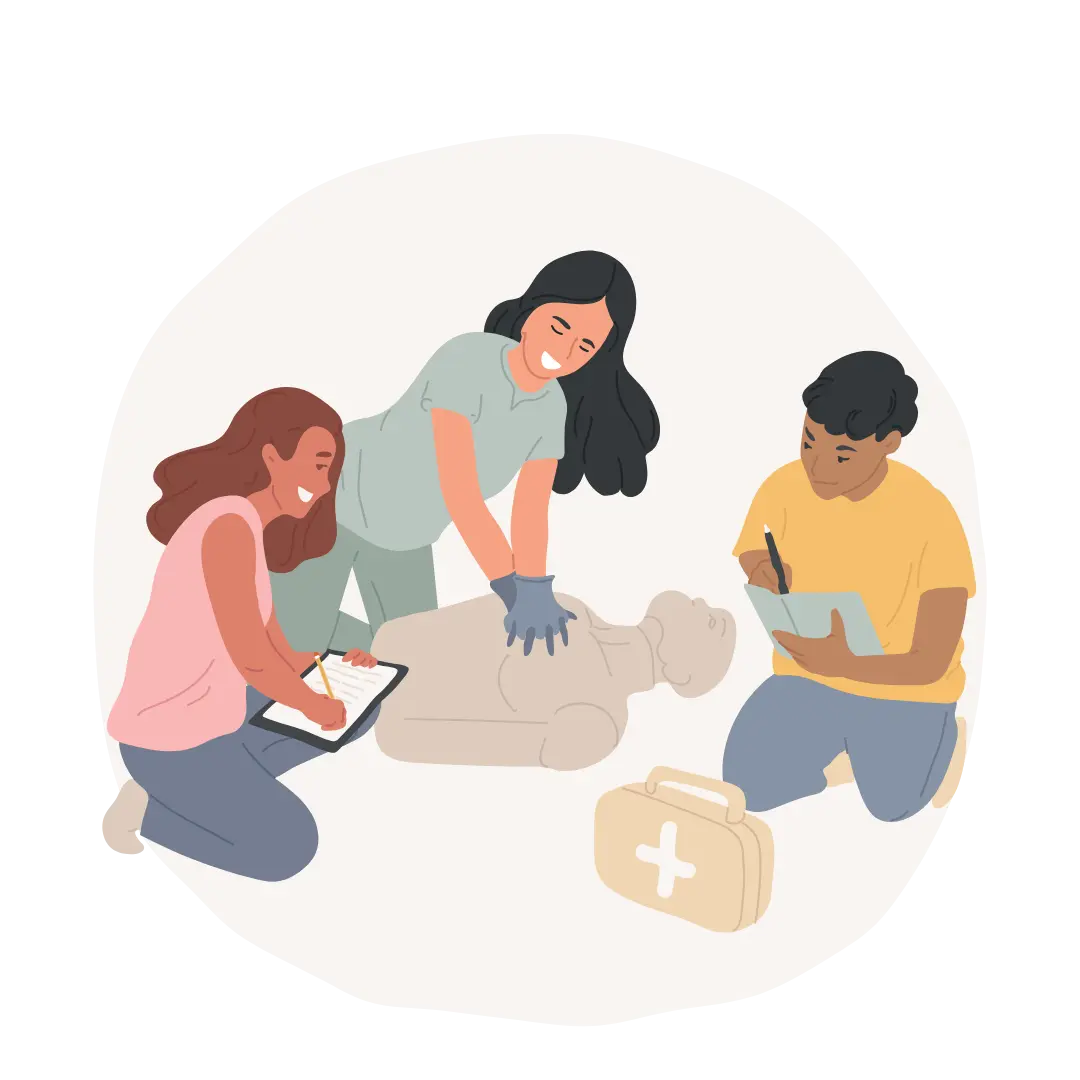
Nationwide Implementation of CPR Training in High Schools: A State-by-State Analysis
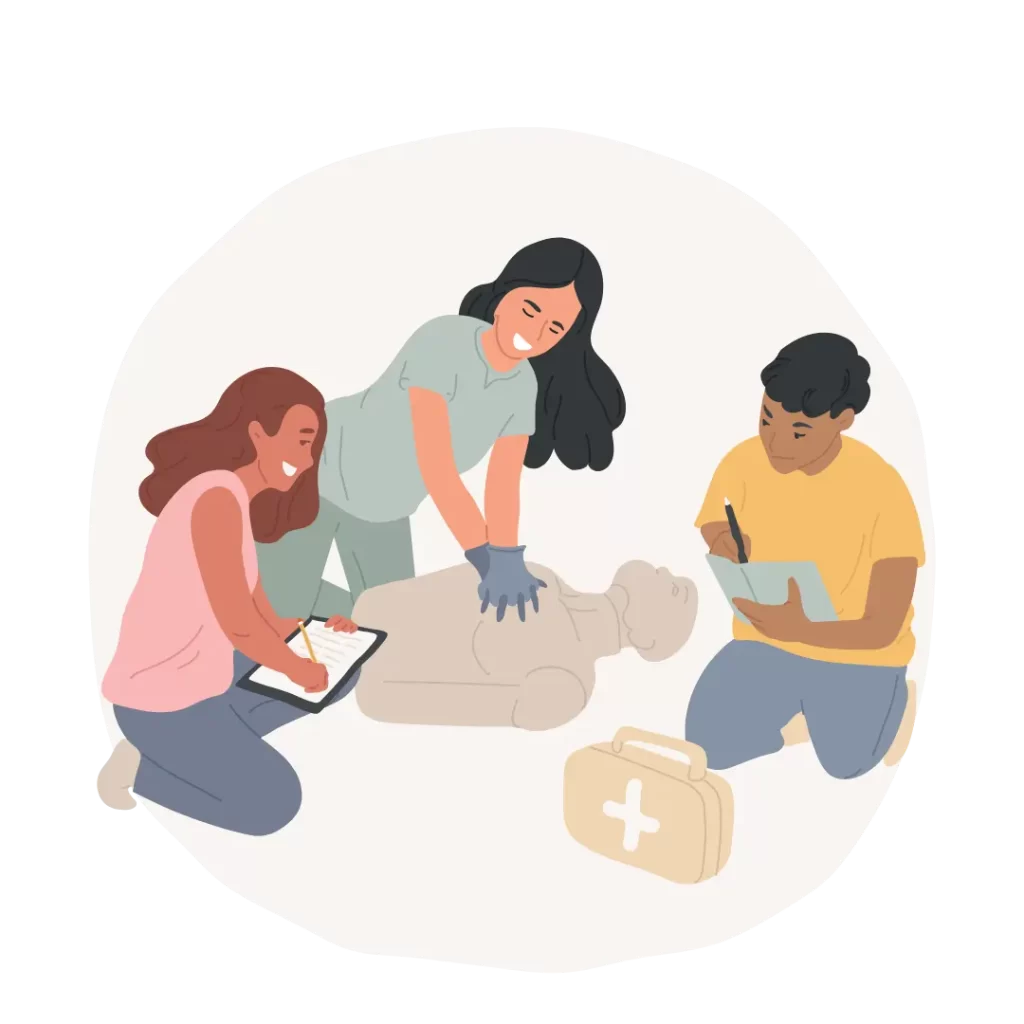
Each year, numerous lives are threatened by cardiac arrests that occur outside the hospital, highlighting the essential need for immediate response. With bystander CPR proven to significantly improve survival rates, many U.S. states now mandate CPR education as a graduation requirement. This post delves into the states with these requirements, the benefits of CPR training for students, and the ongoing efforts to expand such training nationwide.
The Critical Role of CPR in High School Curriculums
Educational institutions are increasingly recognizing the need to prepare students for real-life emergencies, beyond traditional academic subjects. CPR education plays a pivotal role in this, providing the skills necessary to potentially save lives. With over 90% of cardiac arrests occurring outside of hospitals, having CPR-trained bystanders can dramatically impact survival rates. Countries with integrated CPR training like Norway see significantly higher survival outcomes compared to the U.S., underscoring the effectiveness of early education on this skill.
Preferred Modes of CPR Training: Hands-On vs. Digital
Although CPR fundamentals can be taught through digital platforms, effective CPR certification often requires hands-on practice guided by professionals. While students may not need a full certification for graduation, many states emphasize the benefits of in-person training over digital or video-based learning to ensure proficiency in this critical skill.
Overview of State Mandates on CPR Training Before Graduation
The push for CPR training in American high schools has seen a significant rise, especially noted during the mid-2010s. Here’s an updated list highlighting how widespread this educational requirement has become:
- Early Adopters: States like Alabama initiated mandatory CPR training as early as 1983.
- Recent Implementations: Over 40 states, including the District of Columbia, now require or strongly recommend CPR training for high school students.
- Variability in Requirements: Specific requirements vary, with some states mandating certification and others simply requiring basic training.
Comprehensive List of States with CPR Education Mandates
Below is a detailed look at which states require CPR training for high school students and when these mandates were implemented:
- Alabama: Implemented in 1983, pioneering statewide CPR education requirements.
- Alaska: No mandatory CPR training requirement.
- Arizona: Mandate started in the 2017-2018 school year.
- Arkansas: Required from the 2014-2015 school year.
- California: Implemented in 2017-2018; training is required for students enrolled in health classes.
- Colorado: Recommends but does not mandate CPR training.
- Connecticut: Mandate effective from 2015, with training starting in the 2016-2017 school year.
- Delaware: Required from the 2014-2015 school year.
- District of Columbia: Implemented in 2016.
- Florida: Requirement began on July 1, 2021.
- Georgia: Implemented for the 2013-2014 school year.
- Hawaii: No mandatory CPR training requirement.
- Idaho: Started in the 2015-2016 school year.
- Illinois: Required from the 2015-2016 school year; parents can opt-out.
- Indiana: Started in the 2015-2016 school year.
- Iowa: Implemented in 2008.
- Kansas: Started in 2017.
- Kentucky: Required from 2016.
- Louisiana: Mandated from 2014.
- Maine: Implemented in 2015.
- Maryland: Required from 2014.
- Massachusetts: No mandatory CPR training requirement.
- Michigan: Started in the 2017-2018 school year.
- Minnesota: Required from 2014.
- Mississippi: Implemented in 2014.
- Missouri: Required from 2017.
- Montana: Started in 2018.
- Nebraska: No mandatory CPR training requirement.
- Nevada: Required from 2017.
- New Hampshire: No mandatory CPR training requirement.
- New Jersey: Required from 2014.
- New Mexico: Implemented in 2016.
- New York: Started in 2015.
- North Carolina: Required from the 2014-2015 school year.
- North Dakota: Training began in the 2015-2016 school year.
- Ohio: Implemented in the 2017-2018 school year.
- Oklahoma: Required from 2014.
- Oregon: Implemented in 2015.
- Pennsylvania: Started in the 2019-2020 school year.
- Rhode Island: Required from 2013.
- South Carolina: Started in the 2017-2018 school year.
- South Dakota: Required from the 2017-2018 school year.
- Tennessee: Training began in 2013.
- Texas: Implemented in 2013.
- Utah: Required from the 2014-2015 school year.
- Vermont: Started in 2012.
- Virginia: Passed in 2013, with training starting in 2016-2017.
- Washington: Required from the 2014-2015 school year.
- West Virginia: Implemented in 2015.
- Wisconsin: First mandated training in 2011, amended to start in the 2017-2018 school year.
- Wyoming: No mandatory CPR training requirement.
Where CPR Education is Still Optional
While the trend towards mandating CPR training in high schools has gained considerable momentum, it remains an optional part of the curriculum in several states. Notably, states such as Massachusetts, Wyoming, and Nebraska have not yet legislated CPR training as a compulsory requirement for high school graduation. This lack of uniformity in educational mandates across the country indicates a significant gap in a standardized approach to equipping students with essential life-saving skills.
In Massachusetts, for instance, the absence of a state-wide mandate means that whether students receive CPR training depends largely on individual school policies or district initiatives. This can lead to inconsistencies in life-saving preparedness among students within the same state, potentially affecting overall emergency responsiveness in communities.
Wyoming and Nebraska present similar scenarios, where the decision to include CPR education is left to local educational authorities. This approach may allow for flexibility and local autonomy in curriculum design, but it also means that many students graduate without basic knowledge of CPR, reducing their ability to act effectively in emergency situations.
This disparity in educational standards poses a public health concern, as cardiac arrests can happen anytime and anywhere, and the first few minutes are crucial for survival. The American Heart Association advocates for CPR training in schools, emphasizing that bystander CPR, when performed immediately, can double or even triple a victim’s chance of survival.
Remember, the lack of mandatory CPR training in schools reflects broader issues related to health education disparities. As more states adopt CPR training mandates, those without such requirements risk falling behind in public health preparedness. This not only affects individuals’ ability to respond to emergencies but also widens the gap in health education equity.
Benefits and Challenges of Implementing CPR Training in Schools
Integrating CPR training into high school curricula carries a host of significant benefits and poses some unique challenges. The primary advantage of incorporating CPR training is that it equips students with vital lifesaving skills that can be pivotal during cardiac emergencies. Such training also empowers students, boosting their confidence in handling potentially life-threatening situations, and enhances their readiness to act in a crisis, fostering a proactive approach to community safety.
Beyond personal empowerment, CPR training in schools cultivates a broader sense of civic duty and responsibility among students. It teaches them the value of community service and prepares them to contribute positively to society. This aspect of the curriculum can shape more conscientious citizens who are prepared to offer help when faced with emergencies.
Moreover, schools that implement CPR training often see a ripple effect in terms of health awareness among students. This educational component encourages students to learn more about health, wellness, and the importance of timely medical intervention. It may even inspire some to pursue careers in healthcare, further contributing to community well-being in the long run.
Moving Forward with CPR Education
The need for expanded and consistent CPR training is clear. With the support of organizations like the American Heart Association and ongoing legislative efforts, more states are likely to adopt CPR education mandates. This shift could ensure that all students have the opportunity to learn these critical skills before graduating, potentially saving thousands of lives each year.
Conclusion
Mandatory CPR training in high schools is a vital public health initiative that equips students with essential lifesaving skills. As more states recognize the benefits of such training, it is hopeful that this will become a standard part of education nationwide, preparing future generations to act confidently in emergency situations.
AHA BLS CPR & AED Classes
About Author:
admin
Recent Posts
- How to Create a Workplace First Aid Plan That Saves Lives
- Why Pair CPR Certification with First Aid Training: The Complete Safety Combo
- Tips to Pass Your CPR Certification Test the First Time
- Hospitality Staff: Why CPR Training Is a Must-Have
- The Importance of CPR and AED Training for Flight Attendants



